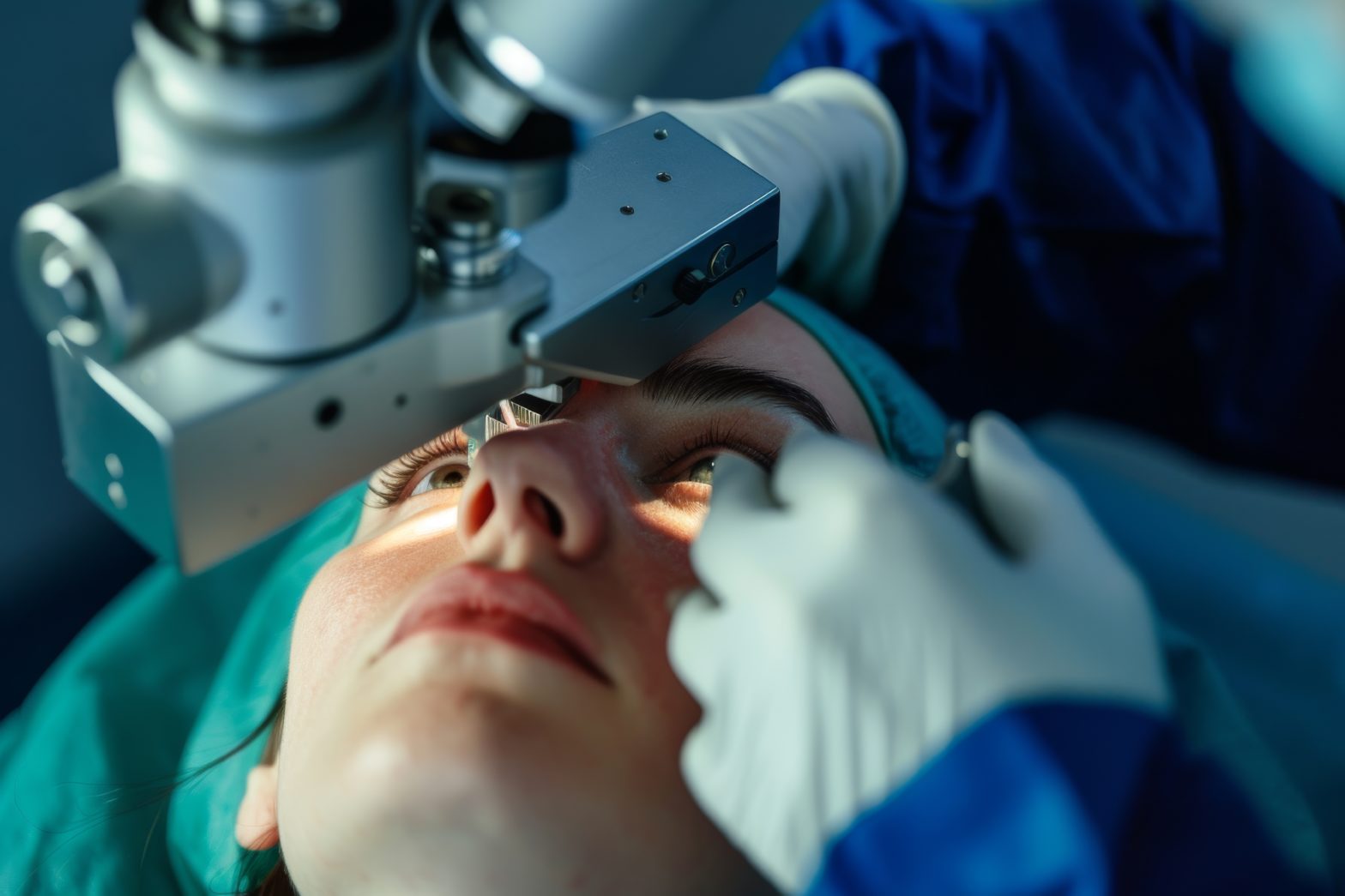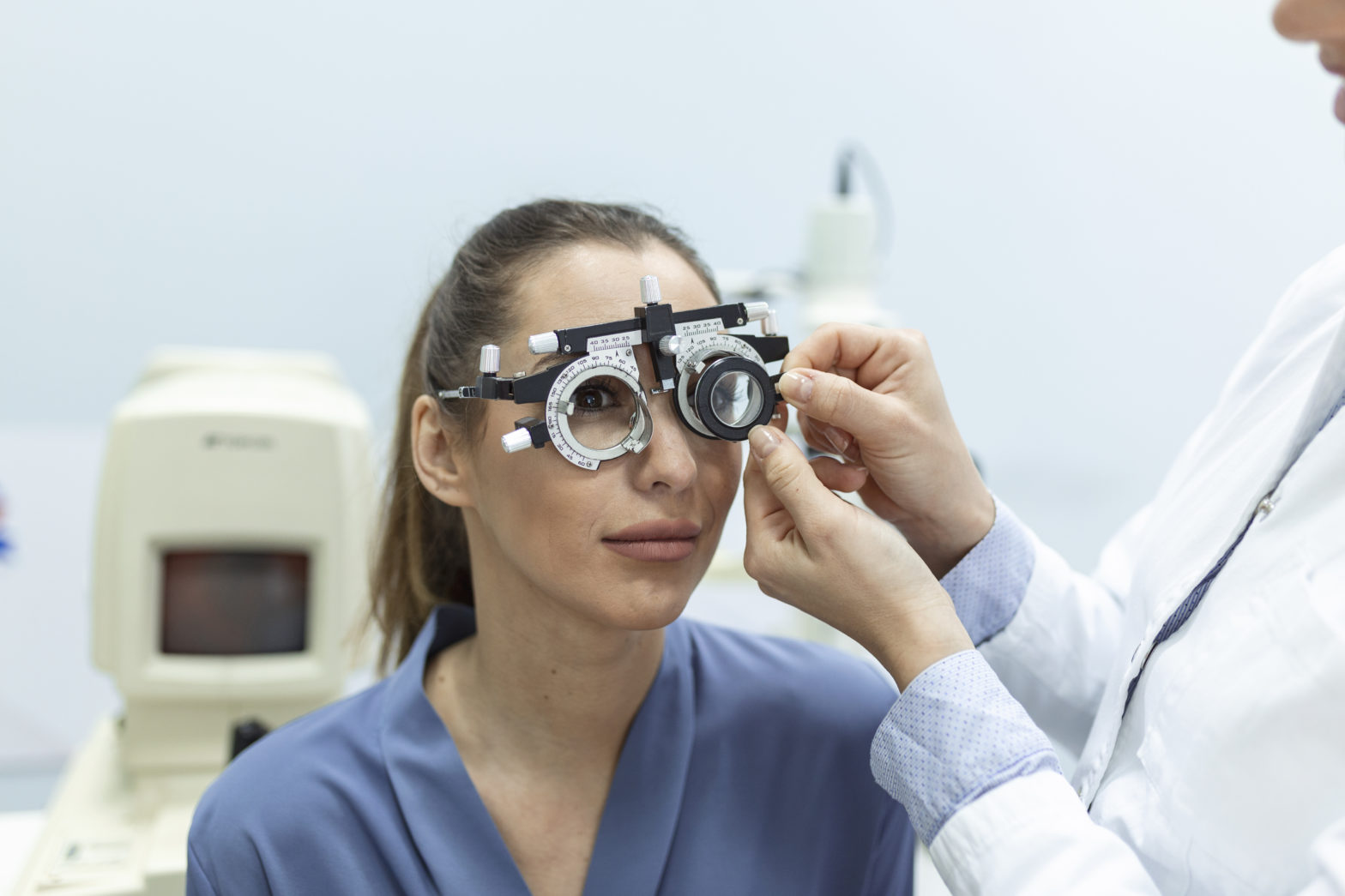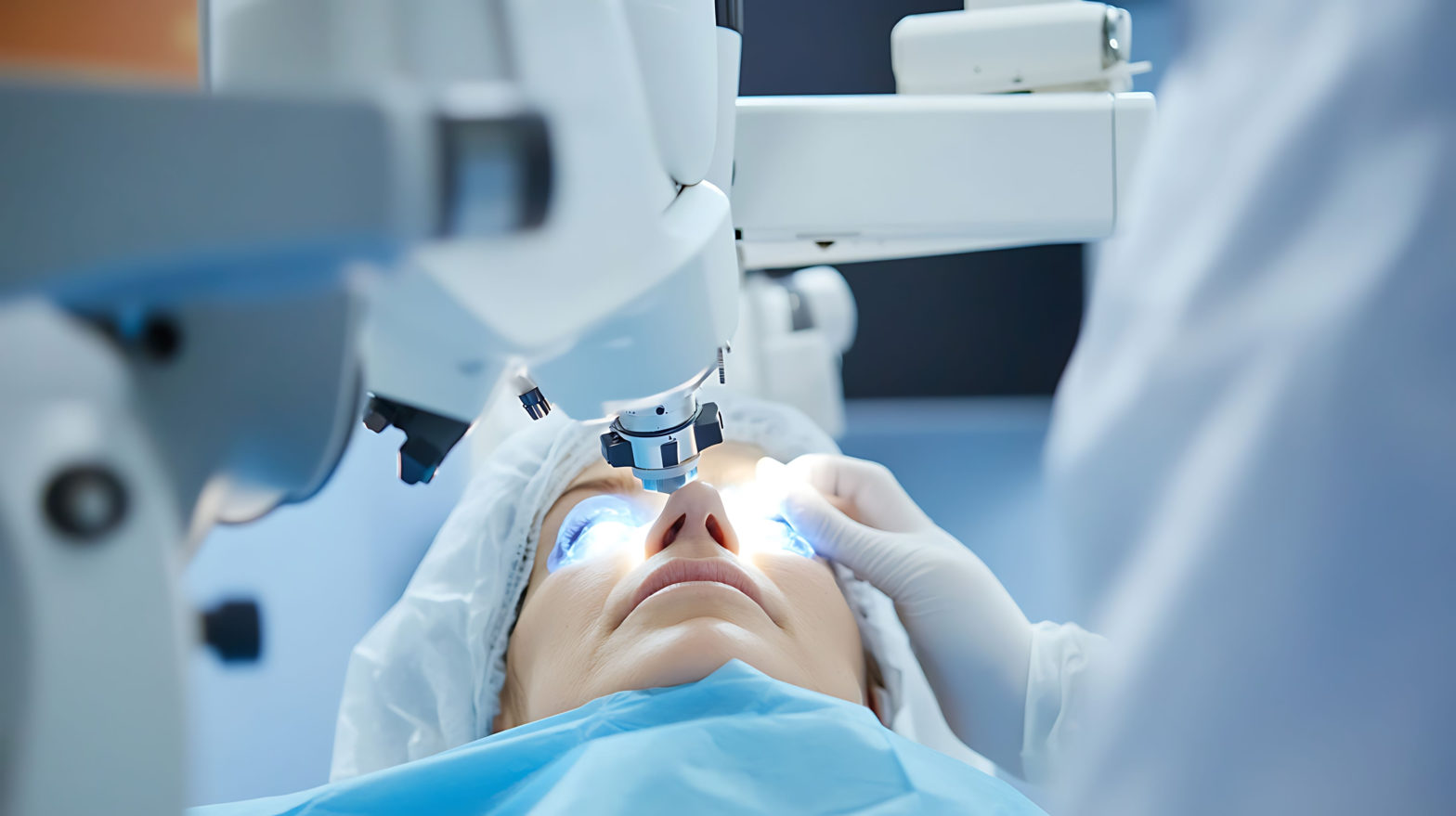There are times when patients face an uncomfortable and annoying situation of having refractive error post cataract operation. Meaning the need to wear a plus or minus numbered eyeglasses/contact lenses after cataract surgery!
So, how does this residual refractive error occur after cataract surgery for which patients have to wear glasses? Study shows this may be due to various factors like incorrect calculation of axial length, pre-existing astigmatism, etc. Further, it can also occur in some patients who have previously undergone vision –correcting surgeries like radial keratotomy (RK), photorefractive keratectomy (PRK), laser in situ keratomileusis (LASIK) owing to IOL miscalculation.
What can be done if there is a refractive surprise after cataract surgery?
A refractive error such as myopia, hyperopia and astigmatism can be corrected with modern cataract surgery, which is also a refractive procedure particularly when patients have poor accommodation i.e. poor reflex of the eye to focus on near-to-far away objects and vice versa.
There are different procedures to resolve refractive error post cataract operation such as corneal-based surgery (laser refractive surgery) and lens-based procedures (IOL exchange or piggyback IOLs).
Laser refractive surgery continues to be a good option and helps to attain near emmetropia. LASIK tops all the vision-correcting procedures when it comes to correcting refractive error like nearsightedness, farsightedness and astigmatism.
LASIK is safe and effective method for correcting the residual refractive error in patients with previously implanted monofocal or multifocal IOL after cataract surgery that helps in achieving better vision.
LASIK is the most accurate vision correcting procedure that can be done after cataract surgery to resolve residual refractive error, which avoids further intraocular surgical procedures.
Additionally, it may give better accuracy than piggy back IOL or IOL exchange particularly for correcting cylindrical numbers.
Patients who have previously undergone YAG capsulotomy pose great difficulty with respect to lens exchange, hence LASIK becomes easier on such patient’s eyes.
However, patients with high residual refractive errors will have to consult their eye doctor, as the corneal thickness is an important factor for per-LASIK evaluation.
Also, not every cataract surgeon will have excimer laser which is necessary for LASIK.
Although, modern cataract surgery along with advanced preoperative diagnostic methods such as selection and calculation of the adequate intraocular lens (IOL), biometric analysis with high accuracy permits a cataract surgeon to attain the goal of cataract surgery as a refractive procedure with no refractive error.
Further, if you do not wish to wear eyeglasses for near vision and distance after cataract surgery, you can specify and consult the same with your eye doctor. Yes, a suitable type of intraocular lens (IOL) based on your vision requirements can be implanted with the help of advance intraocular lens technologies.









